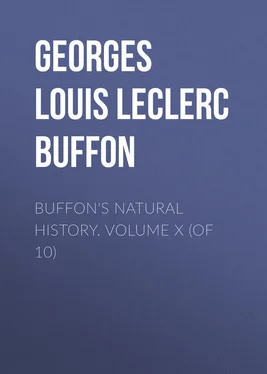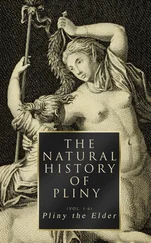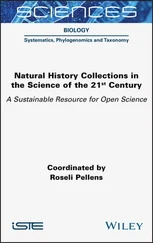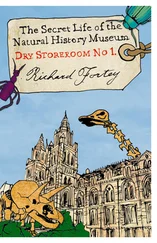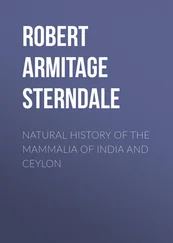Minerals, which like sulphur and pyrites, contain in their substance a quantity of the ulterior waste of animals and vegetables, contain thence combustible matters, which, like all other, contain more or less fixed air, but always much less than the purely animal or vegetable substances. This fixed air can be equally removed by combustion. In animal and vegetable matters it is disengaged by simple fermentation, which, like combustion, has always need of air for its operation. Sulphurs and pyrites are not the only minerals Which must be looked upon as combustible, there are many others which I shall not here enumerate, because it is sufficient to remark, their degree of combustion depends commonly on the quantity of sulphur which they contain. All combustible minerals originally derive this property either from the mixture of animal or vegetable parts which are incorporated with them, or from the particles of light, heat, and air, which, by the lapse of time, are fixed in their internal part. Nothing, according to my opinion, is combustible but that which has been formed by a gentle heat, that is, by these same elements combined in all the substances which the sun brightens and vivifies, or in that which the internal heat of the earth foments and unites.
The internal heat of the globe of the earth must be regarded as the true elementary fire; it is always subsisting and constant; it enters, like an element, into all the combinations of the other elements, and is more than sufficient to produce the same effects on air as actual fire on animal heat; consequently this internal heat of the earth will destroy the elasticity of the air, and render it fixed, which being divided into minute parts will enter into a great number of substances, from hence they will contain articles of fixed air and fire, which are the first principles of combustibility; but they will be found in different quantities, according to their degree of affinity with the substance, and this degree will greatly depend on the quantity these substances contain of animal and vegetable parts, which appear to be the base of all combustible matter. Most metallic minerals, and even metals, contain great quantities of combustible parts; zinc, antimony, iron, copper, &c. burn and produce a very brisk flame, as long as the combustion of these inflammable parts remains, after which, if the fire be continued, the calcination begins, during which there enters into them new parts of air and heat, which fixes, and cannot be disengaged but by presenting to them combustible matters, with which they have a greater affinity than with those of the mineral, with which they are only united by the effort of calcination. It appears to me, that the conversion of metallic substances into dross, and their reproduction, might be very clearly understood without applying to secondary principles, or arbitrary hypotheses, for their explanation.
Having considered the action of fixed air in the most secret operations of nature, let us take a view of it when it resides in bodies under an elastic form; its effects are then as variable as the degrees of its elasticity, and its action, though always the same, seems to give different products in different substances. To bring this consideration back to a general point of view, we will compare it with water and earth, as we have already compared it with fire; the results of this comparison between the four elements will afterwards be easily applied to every substance, since they are all composed merely of these four real principles.
The greatest cold that is known, cannot destroy the spring of the air, and the least heat is sufficient for that purpose, especially when this fluid is divided into very small particles. But it must be observed, that between its state of fixity, and that of perfect elasticity, there are all the links of the intermediate states, in one of which it always resides in earth and water, and all the substances which are composed of them; for example, water, which appears so simple a substance, contains a certain quantity of air, which is neither fixed nor elastic, as is plain from its congulation, ebullition, and resistance to all compression, &c. Experimental philosophy demonstrates, that water is incompressible, for instead of shrinking and entering into itself when pressed, it passes through the most solid and thickest vessels; which could not be the case if the air it contained were in a state of full elasticity. The air contained therefore in water, is not simply mixed therewith, but is united in a state where its spring is not sensibly exercised; yet the spring is not entirely destroyed, for if we expose water to congelation, the air issues from its internal part, and unites on its surface in elastic bubbles. This alone suffices to prove, that air is not contained in water under its common form, since being specifically 850 times lighter, it would be forced to issue out by the sole necessity of the preponderance of water; neither under an affixed form, but only in a medium state, from whence it can easily retake its spring, and separate more easily than from every other matter.
Конец ознакомительного фрагмента.
Текст предоставлен ООО «ЛитРес».
Прочитайте эту книгу целиком, купив полную легальную версию на ЛитРес.
Безопасно оплатить книгу можно банковской картой Visa, MasterCard, Maestro, со счета мобильного телефона, с платежного терминала, в салоне МТС или Связной, через PayPal, WebMoney, Яндекс.Деньги, QIWI Кошелек, бонусными картами или другим удобным Вам способом.
Nullum animal cui ungues adunci, gregatile esse perpendimus. Arist. Hist. Anim. Lib. i. Cap. 1.
The fire, which arises from the fermentation of herbs heaped together, and which manifests itself in effervescences, is not an exception that can be opposed to me, since this production of fire depends, like all the rest, from the action of the shock of the parts of matter one against the other.
